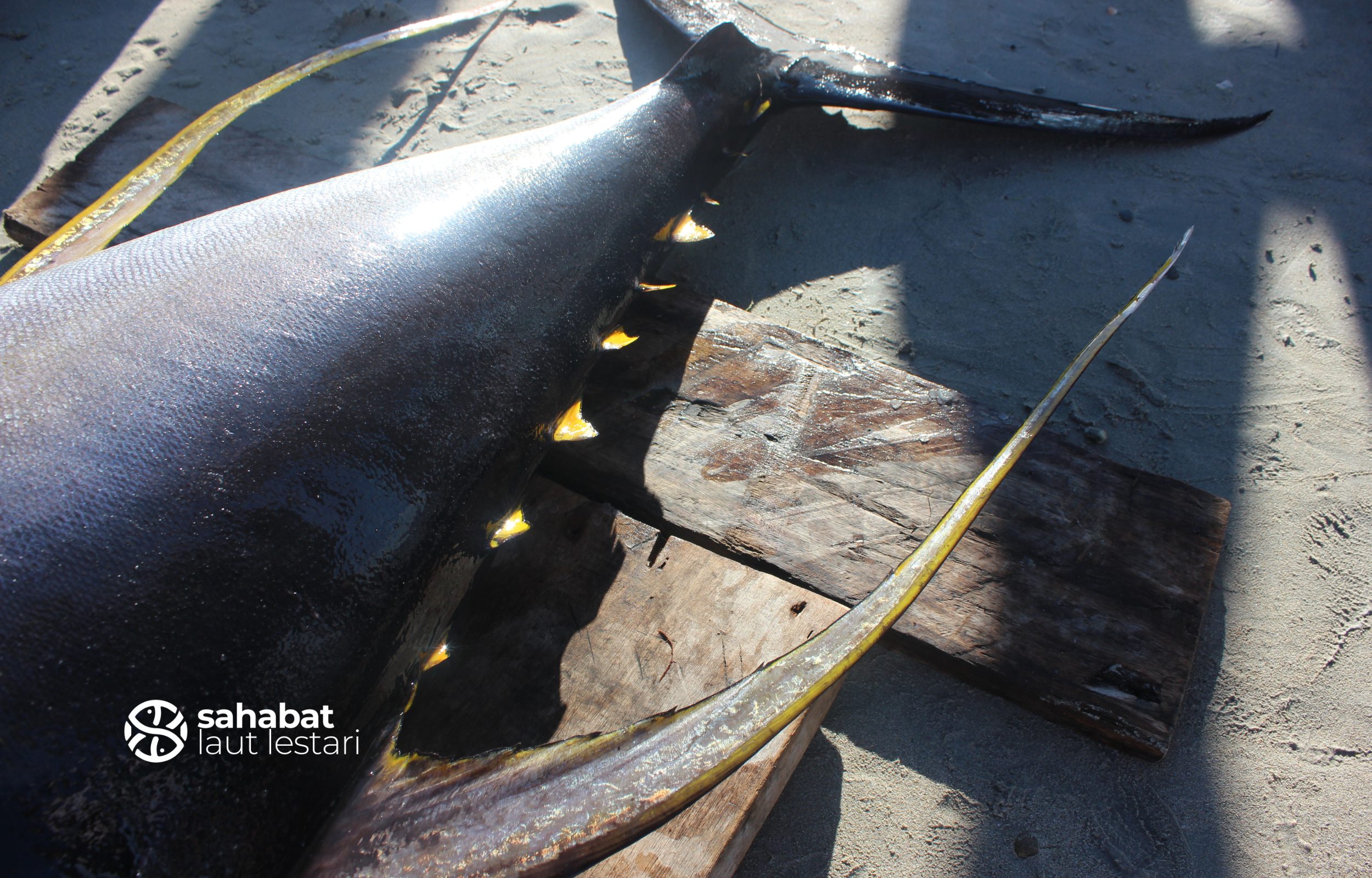Fisheries play a crucial role in providing food, livelihoods, and economic opportunities for people around the world and tuna harvest strategy play a critical role to keep this fisheries sustainable. However, the rampant over exploitation and mismanagement of fish stocks have resulted in severe ecological and economic consequences. In order to secure the long-term sustainability of fisheries, it is imperative to implement effective harvest strategies that strike a balance between conserving marine resources and sustaining the economic viability of fishing communities.
What is a Tuna Harvest Strategy
A harvest strategy is a comprehensive plan or set of guidelines that govern the extraction of fish or other marine resources from a particular ecosystem or fishery. It is a management approach that aims to balance the sustainable utilization of the resource with the long-term viability of the fishery and the preservation of the ecosystem. Harvest strategies aim to prevent over fishing, rebuild depleted stocks, and maintain healthy ecosystems.
Types of Harvest Strategies
There are two main types of tuna harvest strategies:
- Maximum sustainable yield (MSY) harvest strategies aim to maximize the amount of fish that can be caught each year without depleting the fish stocks.
- Sustainable yield (SY) harvest strategies aim to ensure that fish stocks remain healthy and productive over the long term.
Components of a Tuna Harvest Strategy
A well-designed harvest strategy takes into account scientific knowledge, ecological considerations, and socioeconomic factors to establish rules and regulations for fishing activities. It typically includes the following components:
- Target reference points (TRPs): These are specific indicators or benchmarks that define the desired status of the fishery, such as the level of fish population abundance, fishing mortality rates, or other ecosystem-related parameters. TRPs serve as the basis for managing fish stocks and determining the allowable catch levels.
- Harvest control rules (HCRs): Harvest control rules are predefined management actions triggered by specific conditions or thresholds related to the target reference points. HCRs dictate how fishing effort and catch limits should be adjusted based on changes in the fish stock’s abundance or other relevant factors. They provide a systematic and adaptive approach to managing the fishery in response to changing conditions.
- Monitoring and assessment: Effective harvest strategies require accurate and up-to-date information about the fishery. Regular monitoring and assessment of fish stocks, fishing effort, and ecosystem indicators are essential to inform management decisions. This includes data collection, stock assessments, and the use of scientific models to evaluate the status of the fishery and assess the potential impacts of fishing activities.
- Adaptive management: Harvest strategies should be adaptable and flexible, allowing for adjustments based on new information, scientific advancements, or changes in the fishery’s status. Adaptive management involves monitoring the performance of the strategy, learning from the outcomes, and making necessary modifications to improve its effectiveness over time.
The implementation of harvest strategies is no easy feat, demanding reliable data, cooperation, and a flexible framework. Nonetheless, their potential as a powerful tool for sustainable fisheries management cannot be overstated. Harvest strategies contribute to the well-being of fish populations, promote fair fishing practices, and preserve the integrity of ecosystems for future generations. Similarly, the utilization strategy for Tropical Tuna encapsulates a range of measures specifically designed to protect these populations and ensure the health of marine ecosystems. By embracing adaptive management principles, this strategy remains responsive and effective in the face of evolving challenges and changing circumstances. The launch of the Harvest Strategy for Tropical Tuna in Indonesia marks a significant milestone in the nation’s commitment to sustainable fisheries management.
Harvest strategies are essential for achieving sustainable fisheries management. By employing these strategies, we can strike a balance between the utilization of marine resources and the preservation of the environment. Through the effective implementation of harvest strategies, we can safeguard the long-term viability of fisheries, protect the livelihoods of fishing communities, and promote the overall well-being of our oceans. Through these concerted efforts, we strive for a future where the bounty of our oceans is preserved and sustained for generations to come

